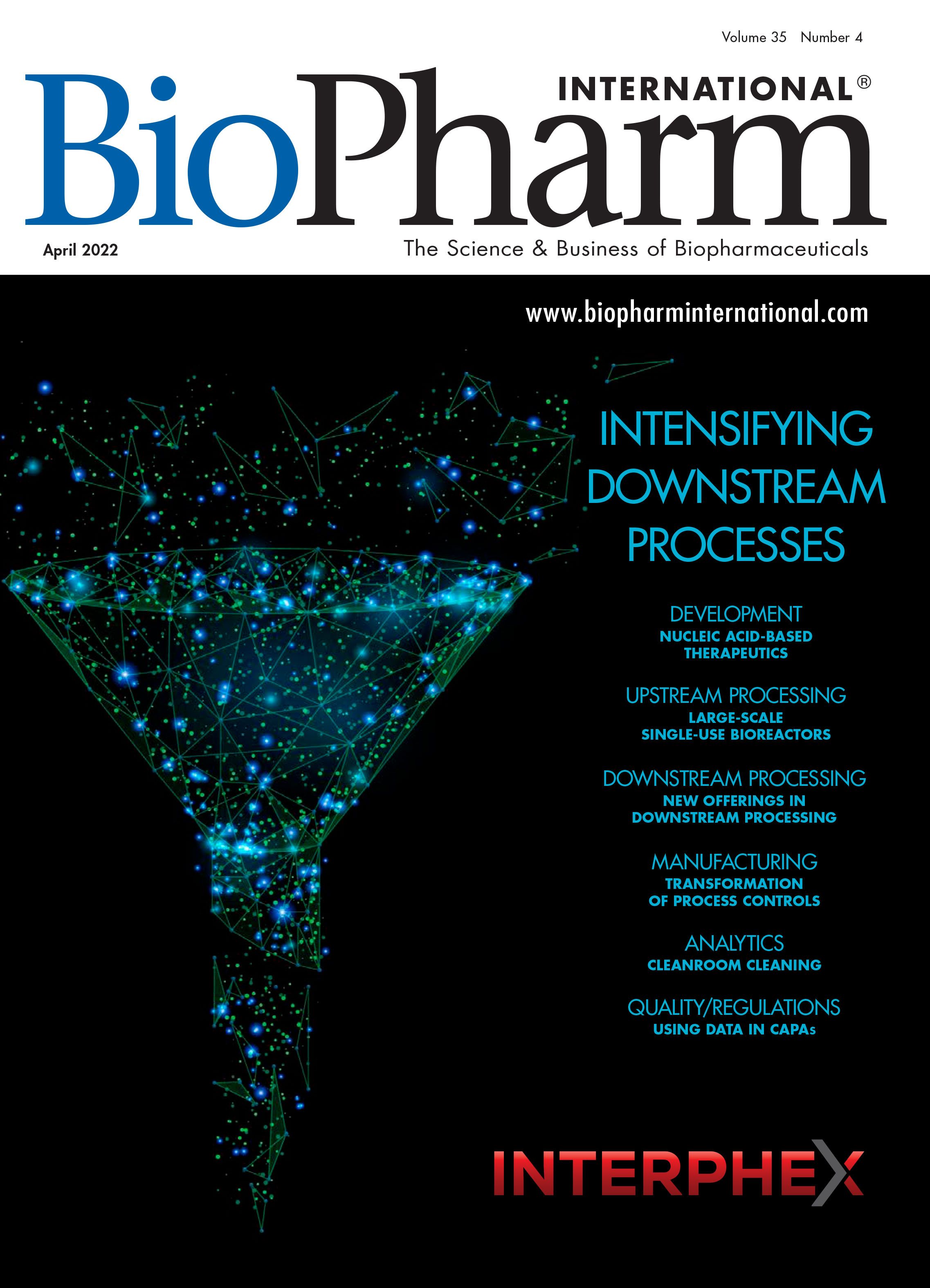Technology and CAPA
Performing corrective action and preventive action (CAPA) activities is often necessary to investigate a manufacturing deviation and prevent it from reoccurring. BioPharm International asked Joe O’Gorman, head of Global Operations at LZ Lifescience, a Cognizant Company, about the role technology plays in performing CAPAs.
Performing corrective action and preventive action (CAPA) activities is often necessary to investigate a manufacturing deviation and prevent it from reoccurring. BioPharm International asked Joe O’Gorman, head of Global Operations at LZ Lifescience, a Cognizant Company, about the role technology plays in performing CAPAs.
BioPharm: How can technology be used to prepare and perform CAPAs?
O’Gorman (LZ Lifescience): When applied to manage quality systems, connected digital technologies and software offer managers a common set of tools and the rich high-integrity data they need to enforce the process of CAPA and its compliant management relative to regulators. Resolving a CAPA-causing event, for example, is accelerated, made more efficient and reliable with real-time traceability, automated notifications, and escalations management. Digital systems not only support
efficient CAPA management they allow the entire enterprise to access CAPA information.
BioPharm: How can technology be used to track the progress of CAPAs and the impact of changes on products and processes?
O’Gorman (LZ Lifescience): With routine data capture and reporting automated, quality staff can leverage digital technology to build a detailed history of events and then mine and analyze [these] data to obtain a richer knowledge of root causes. With a well-integrated CAPA management platform, quality teams also have the ability to clearly assign ownership, notify various people/groups, and better manage and connect all collaborators to resolve CAPA-triggering events. With automated workflows to manage the CAPA process itself and automated reporting to monitor status as it moves through it, operators can achieve a much clearer and direct view of CAPA progress in real time.
BioPharm: How can technology be used to anticipate potential problem areas that might need a CAPA plan?
O’Gorman (LZ Lifescience): With real-time visibility and the ability to track the age of each action and escalate action automatically with email or an SMS alert, a CAPA management platform allows managers to better understand events and the necessary response. With historical root-cause analysis at their fingertips and a clearer view and reporting of actual outcomes, managers can apply these learnings to operations to prevent potential problems in the first place.
BioPharm: What kinds of data can be compiled during a CAPA, and how can these data improve product quality?
O’Gorman (LZ Lifescience): A well-integrated solution can deliver rich data to the CAPA resolution process. For example, quality managers can access and leverage product details, type of defect, manufacturing facility or line, department, shift, crew, and more. A CAPA platform is a reliably efficient way to conduct and obtain root cause analysis as well. By leveraging the information, managers can gain a deeper understanding of root causes faster, allowing them to focus resources on higher severity items as well as identify and action potential issues before they occur.
BioPharm: In what other ways can data found during a CAPA be used for pharmaceutical development and manufacturing?
O’Gorman (LZ Lifescience): CAPA information is used to improve overall process and systems efficiency. By capturing the data and clearly identifying and categorizing root causes, actions and standard operating procedures can be implemented to prevent further occurrences. Digital technologies span and connect the entire enterprise, something paper-based systems have historically been challenged to accomplish, especially across networks of manufacturing facilities.
BioPharm: What kinds of data do regulators request from CAPA plans?
O’Gorman (LZ Lifescience): A CAPA system offers regulators a roadmap of processes they expect manufacturers to follow to identify and solve compliance problems. Regulators want clear concise data on product, process and formulation, defect, facility, line, specific machine, nature of the CAPA, detail, date, quantity affected and quantity received, among other details. A CAPA program’s output provides a critical focal point during FDA inspections and quality system audits. As mentioned, an effective and compliant CAPA system requires a strong set of data to detect and correct problems, as well as find, implement, and document findings, solutions, and subsequent changes. Because FDA investigators and auditors rely on CAPA documentation for reviewing compliance issues, the digitally enabled processes that a CAPA management platform offer a more efficient way to respond [to] regulators and avoid compliance issues from the start. It is well known that inadequately established CAPA procedures were the most common types of Form 483 observations for device manufacturers and the most popularly cited inspectional observation in 2019.
Article details
BioPharm International
Volume 35, Number 4
April 2022
Page: 44
Citation
When referring to this article, please cite it as S. Haigney, “Technology and CAPA,” BioPharm International 46 (4) (2022).
